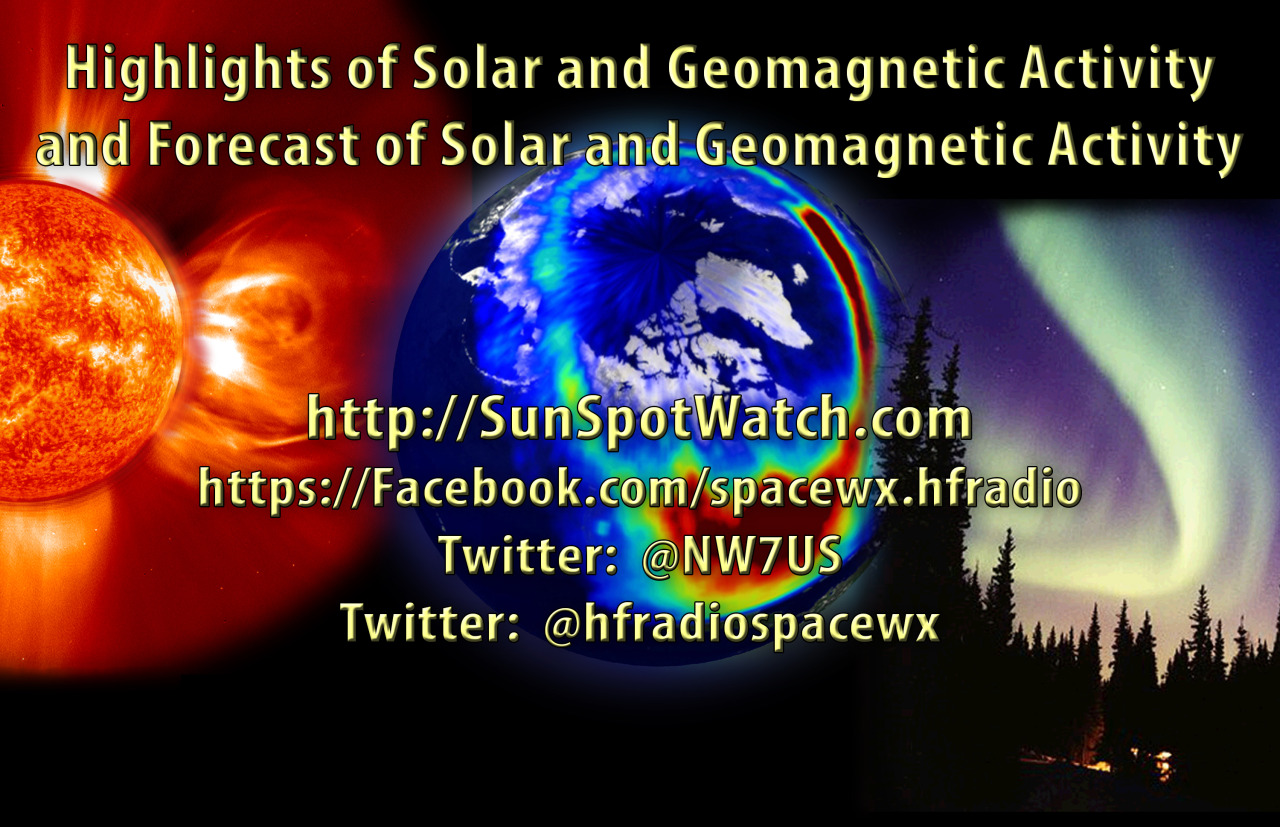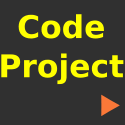 Weekly Propagation Summary – 2016 Jul 25 16:10 UTC
Weekly Propagation Summary – 2016 Jul 25 16:10 UTC
Here is this week’s space weather and geophysical report, issued 2016 Jul 25 0218 UTC.
Highlights of Solar and Geomagnetic Activity 18 – 24 July 2016
Solar activity was low on 18-20 and 22 July with multiple C-class flares from Regions 2565 (N04,L=175, class/area Dho/320 on 16 July) and 2567 (N05, L=166, class/area Dki/380 on 21 July). The largest flare during that period was a C4.6 from Region 2567 at 20/2215 UTC. Moderate solar levels were observed on 21 and 24 July with four M-class flares observed from Region 2567. The largest flare during that period was an M2.0 observed at 24/0620 UTC. Activity reached high levels on 23 July with three M-class flares from Region 2567. The first was an M5.0, which peaked at 23/0211 UTC. The second was an M7.6/2b flare with an associated 310 sfu Tenflare. The final was an M5.5/3b, which peaked 15 minutes later at 23/0531 UTC had accompanying Type II (729 km/s shock velocity) and Type IV radio emissions, as well as a 900 sfu Tenflare. Two CMEs were observed in coronagraph imagery lifting off the west limb at 23/0524 UTC and 23/0548 UTC. Both CMEs were determined to not have an Earth-directed component.
No proton events were observed at geosynchronous orbit. However, a slight enhancement to near 1 pfu was observed at 23/0725 UTC due to the flare activity from early on 23 July.
The greater than 2 MeV electron flux at geosynchronous orbit was at high levels on 18-19 July, normal levels from 20-23 July, and moderate levels on 24 July.
Geomagnetic field activity reached minor storm levels on 19-20 and 24 July due to the shock arrival of two CMEs. The first shock arrival was likely associated with flare activity on 16 July and was observed at the ACE spacecraft at 19/2310 UTC with a speed of approximately 450 km/s. The Bt component increased from near 5 nT to 17 nT and Bz reached a maximum southward deviation of -12 nT. Minor storm levels were observed from 19/2355 until 20/0600 UTC. The second shock enhancement was observed near 24/1450 UTC and likely associated with flare activity on 20 July. Wind speeds increased from near 400 km/s to 470 km/s accompanied by a Bt enhancement from 5 nT to 13 nT and southward deflection of Bz to -9 nT for nearly three hours. Minor storm conditions were observed with this event during the 24/1800-2100 UTC synoptic period. Geomagnetic field activity was quiet on 18, 21-23 July with a nominal solar wind.
Forecast of Solar and Geomagnetic Activity 25 July – 20 August 2016
Solar activity is expected to be very low to low for the first half of the period with a chance for M-class flares from 05-19 August due to the return of old Region 2567.
No proton events are expected at geosynchronous orbit.
The greater than 2 MeV electron flux at geosynchronous orbit is expected to be at normal to moderate levels for the majority of the period with high levels from 05-15 August due to recurrent CH HSS events.
Geomagnetic field activity is expected to reach active levels on 25-27 July due to lingering CME effects and the arrival of a positive polarity CH HSS. Active to minor storm levels are expected on 29 July, 03-05, 08, and 10 August due to recurrent CH HSS activity. Mostly quiet to unsettled conditions are expected for the remainder of the period.
Don’t forget to visit our live space weather and radio propagation web site, at: http://SunSpotWatch.com/
Live Aurora mapping is at http://aurora.sunspotwatch.com/
If you are on Twitter, please follow these two users: + https://Twitter.com/NW7US + https://Twitter.com/hfradiospacewx
Get the space weather and radio propagation self-study course, today. Visit http://nw7us.us/swc for the latest sale and for more information!
Check out the stunning view of our Sun in action, as seen during the last five years with the Solar Dynamics Observatory (SDO): https://www.youtube.com/watch?v=zXN-MdoGM9g
We’re on Facebook: http://NW7US.us/swhfr













